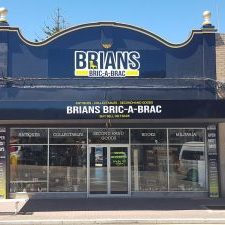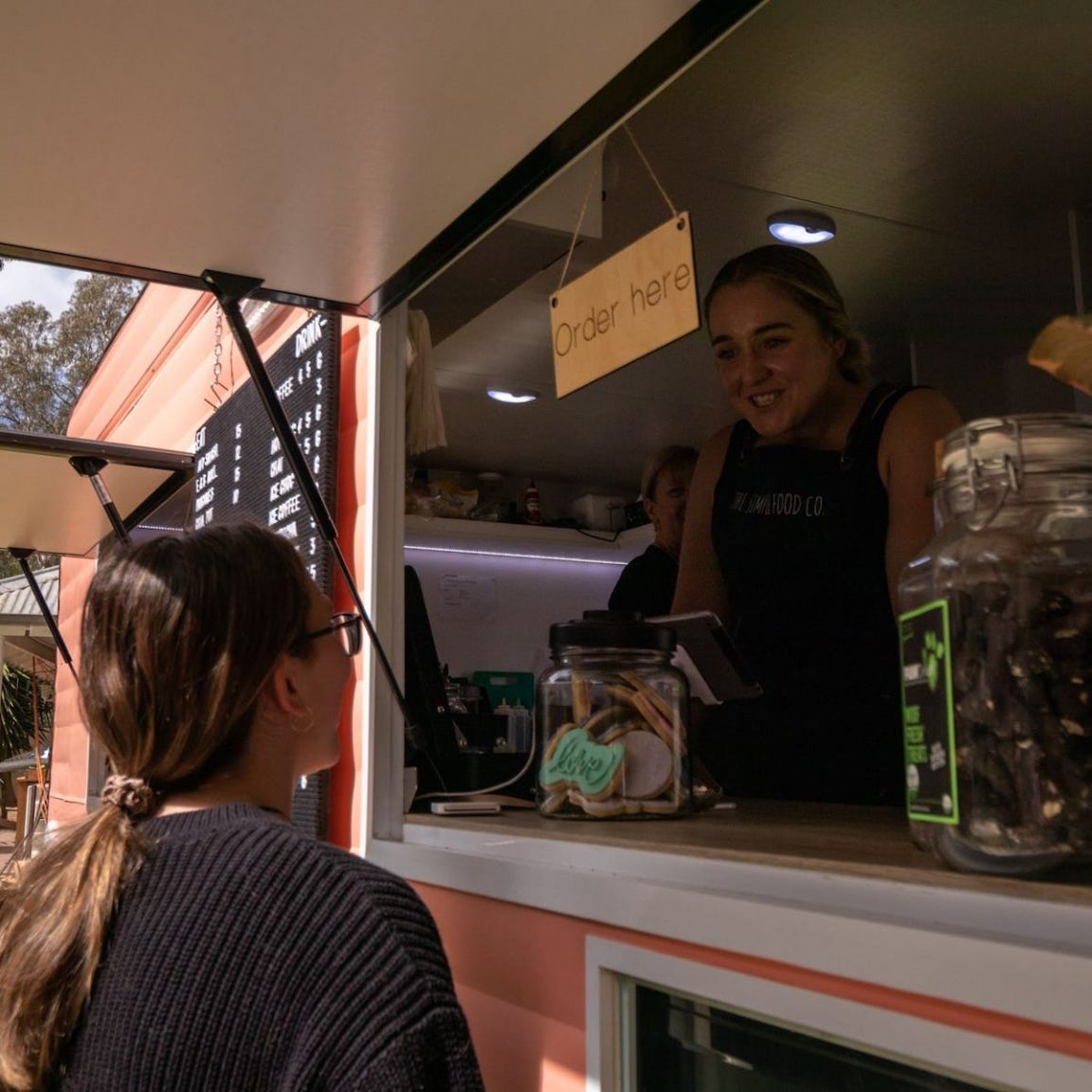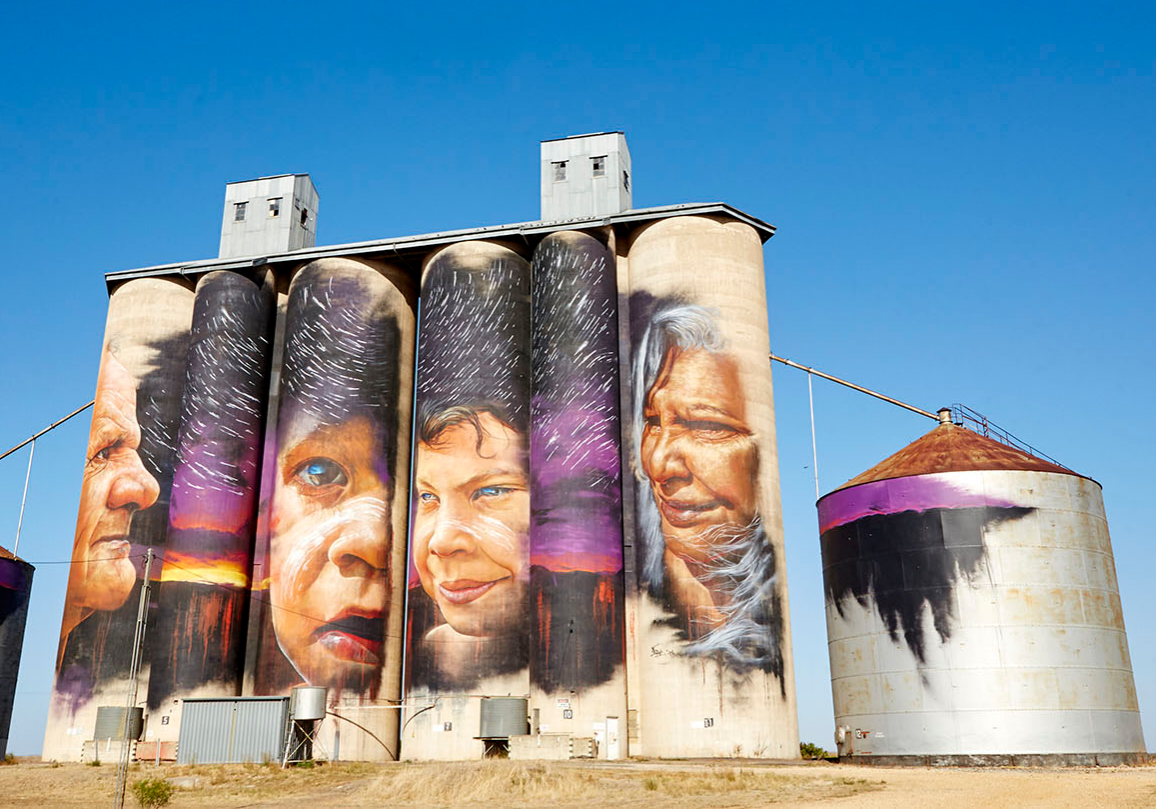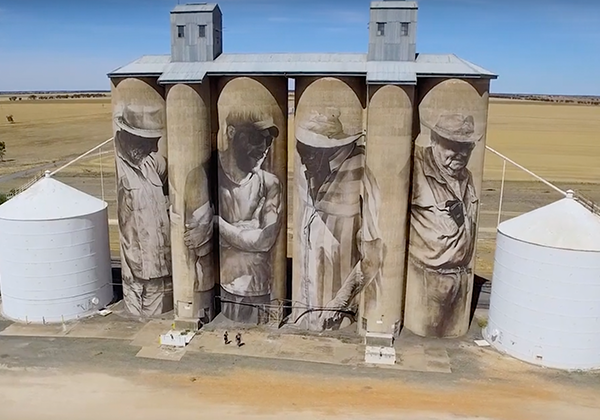Warracknabeal, Victoria
Major Thomas Mitchell, the first European to explore the Wimmera district, was moved to describe the country he saw in 1836 as “ready for the immediate reception of civilized man and destined perhaps to become a portion of a great empire”. His glowing description of the Wimmera encouraged the squatters, who combed the countryside over the next few years and “took up” first the frontages of streams and then moved steadily outwards.
The first of the squatters to occupy land around the future Warracknabeal, were the Scott brothers, who in 1845 moved to a spot on Yarriambiack Creek which they called “Werracknabeal” after the Aboriginal word describing the gum trees shading the watercourse and established their “run” or station. Under the Scotts, the total area of the Station was reported to be 124,000 acres and supported up to 100,000 sheep. The Land Act of 1869 divided the area into 320 acre blocks for lease and eventual purchase by selectors, who arrived from many parts of Victoria and South Australia. The vast area grazed by the Scotts was reduced to two 640 acre sections, and these were finally sold in 1887, ending the squatters’ era in Warracknabeal. The Scotts are remembered through the naming of the main street in their honour.
Today, Warracknabeal is a thriving rural commercial centre, with a permanent population of about 2400, at the centre of the major grain growing area of the State. Wheat and barley remain the main cash crops but canola, peas, beans and lupins provide the diversification necessary in modern farming. The climate provides mild winters and warm summers, with an average rainfall of 430mm (17 inches) and a delightful spring and autumn.
SEE & DO Things to See and Do in Warracknabeal
STAY Accommodation options in Warracknabeal
Coming soon
